What is Bada Khana in the Indian Army and Why is it So Special?
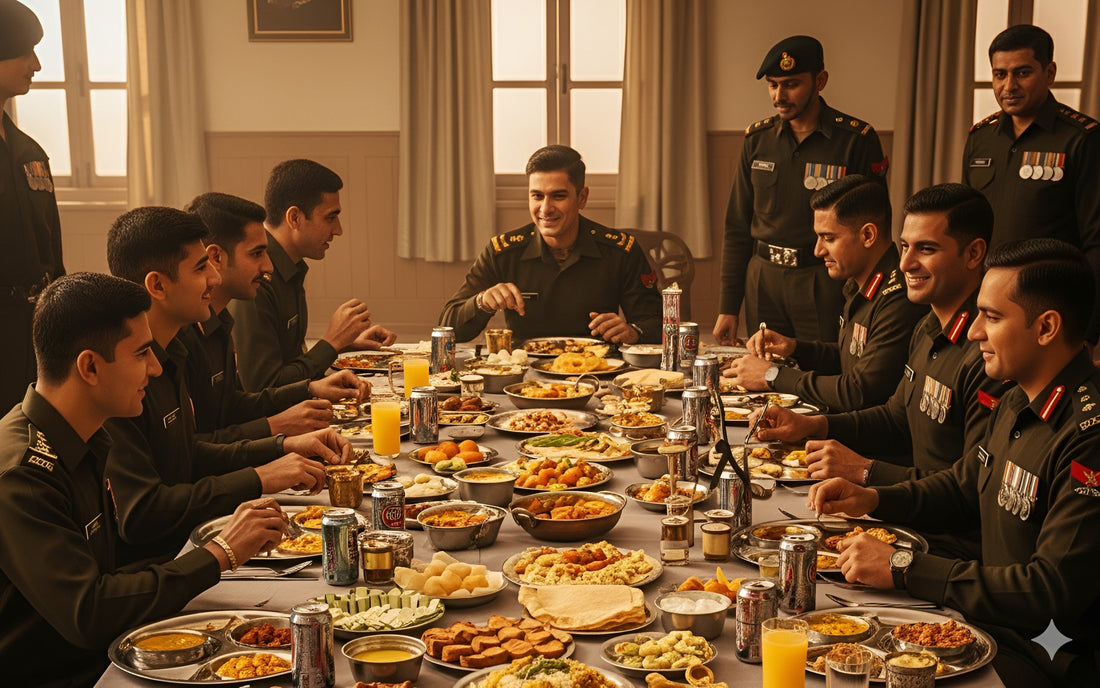
Bada Khana stands as one of the most enduring and heartfelt traditions in the Indian Army, blending culinary delight with profound social and emotional significance. Far more than a simple meal, it represents a momentary suspension of rigid military hierarchies, allowing officers and soldiers to connect as equals over shared plates.
This practice, known formally as "Barakhana" in some contexts, has evolved into a symbol of unity, resilience, and mutual respect within the armed forces. In an environment where discipline and structure define daily life, Bada Khana offers a rare opportunity for informal bonding, often accompanied by music, dance, and storytelling, making it a cultural cornerstone that echoes through generations of service members.

Historical Roots and Evolution
The origins of Bada Khana are steeped in history, with sources offering varied perspectives on its beginnings. Some accounts trace it back to ancient Indian military customs, where kings and generals dined with their troops to instill confidence and loyalty before battles. For instance, historical figures like Chandragupta Maurya, under the guidance of Chanakya, and Maratha leader Shivaji are said to have practiced similar communal feasts to forge unbreakable bonds among warriors. Mughal emperor Akbar, as documented in the Akbarnama, extended such meals during festivals like Nouroz, sharing the same food with courtiers and commoners to reinforce trust and dispel rumors. Even invaders like Timurlane used feasts to create a sense of belonging.
However, other narratives suggest colonial influences during the British Indian Army era, where the tradition was formalized as a means to maintain morale and prevent mutinies after events like the 1857 uprising. Freedom fighter Subhas Chandra Bose later infused it with cultural elements in the Indian National Army, treating troops like family and adding relaxed protocols. This blend of ancient indigenous practices and colonial adaptations highlights a potential controversy in its historiography: while some emphasize pre-colonial roots for cultural authenticity, others view it as a British-introduced tool for control. Regardless, post-independence, Bada Khana has been embraced as a purely Indian tradition, evolving to include modern touches while preserving its core ethos of equality.

Occasions for Celebration
Bada Khana is not an everyday affair but reserved for moments that warrant collective reflection and joy. It is commonly held on national holidays such as Independence Day and Republic Day, where it honors the nation's freedom fighters and current guardians. Unit-specific events like Raising Days (anniversaries of regiment formation) or after successful operations such as maintaining peace in conflict zones or excelling in training also call for this feast. In field stations, where conditions are austere, it might occur multiple times a year to boost spirits, while in family stations, it expands to include spouses and children, turning into a festive gathering with cultural programs.
Recent examples illustrate its adaptability. In June 2025, Defence Minister Rajnath Singh joined soldiers in Udhampur, Jammu and Kashmir, for a Bada Khana, describing it as "Ekta ka Utsav" (a festival of unity) and dedicating it to troops in remote areas. Similarly, in July 2025, Jammu and Kashmir's Director General of Police hosted a joint Bada Khana with the Indian Army and Central Armed Police Forces to honor their resolve against terrorism. These instances show how it extends beyond the Army to collaborative efforts, reinforcing inter-force solidarity.
| Occasion | Description | Typical Participants | Frequency |
|---|---|---|---|
| National Holidays (e.g., Independence Day, Republic Day) | Celebrates national pride and sacrifices; often includes parades and speeches. | Officers, soldiers, sometimes families and dignitaries. | Annual. |
| Unit Raising Days | Marks the anniversary of a regiment's formation; focuses on regimental history and achievements. | Entire unit, including JCOs (Junior Commissioned Officers) and ORs (Other Ranks). | Annual per unit. |
| Post-Operation or Achievement | Held after missions like counter-insurgency or training successes to recognize efforts. | Troops involved in the operation, with senior leaders. | As needed, potentially multiple times yearly. |
| Cultural or Festive Days | Aligns with festivals or cultural milestones, incorporating local traditions. | Soldiers and families in peace stations; simpler in field areas. | Variable, tied to calendar events. |
The Culinary Experience: Menu and Preparation
At the heart of Bada Khana is the food, which transforms standard rations into a lavish spread symbolizing abundance and shared prosperity. Preparations begin days in advance, with unit cooks (langar staff) sourcing fresh ingredients to create a menu that balances tradition and indulgence. Appetizers often include savory snacks like samosas, pakoras, and sometimes fry paired with liquor or soft drinks. Main courses feature roast meats, cutlets, mutton curry, seasonal vegetables, dal, rice, chapatis, and salads like Russian salad or baked beans with dinner rolls. Desserts add sweetness with gulab jamun, ice cream, tipsy pudding, or even contemporary options like tiramisu. In field settings, rum might be served for its practicality, while elaborate versions in bases include local delicacies.

The menu's inclusivity everyone eats the same food underscores equality, though subtle hierarchies persist, such as separate tents or serving protocols. This shared culinary ritual not only nourishes the body but also the spirit, echoing historical feasts where food bridged social divides.
| Course | Typical Items | Variations |
|---|---|---|
| Appetizers | Samosas, pakoras, fry, savory snacks. | Pakodas; may include kebabs in festive settings. |
| Main Dishes | Roast meats, mutton curry, cutlets, dal, seasonal vegetables, rice, chapatis, Russian salad, baked beans, dinner rolls. | Local twists like regional curries in different postings. |
| Desserts | Gulab jamun, ice cream, tipsy pudding, two sweet dishes. | Modern additions like tiramisu; fruit-based in simpler events. |
| Beverages | Liquor (e.g., rum in fields), soft drinks. | Non-alcoholic options predominant in family-inclusive gatherings. |
Cultural and Symbolic Significance
Bada Khana's true specialty lies in its intangible benefits. It fosters camaraderie by allowing soldiers to mimic seniors lightheartedly, share stories, and perform cultural acts like songs and dances, inspired by figures like Bose. This breaks the monotony of military life, especially for those in harsh terrains who miss family milestones. As Rajnath Singh noted, it's a tribute to absent heroes and a reminder of the Army as a patriotic family.
Personal anecdotes from veterans and families highlight its emotional depth one former officer recalled childhood memories of attending with their father, evoking nostalgia and pride. In broader terms, it complements formal grievance sessions like Darbars, ensuring open communication and trust. While not without critiques such as evolving "posh" elements like using tongs for chapatis it remains a vital tool for morale in an era of modern warfare.
In essence, Bada Khana encapsulates the Indian Army's ethos: strength through unity. It reminds participants that amid duties and dangers, shared moments of joy sustain the spirit, making it an irreplaceable tradition in military culture.




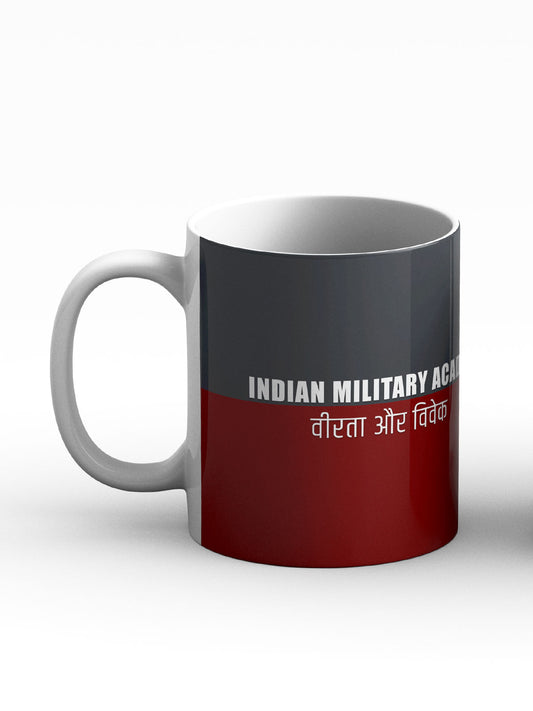
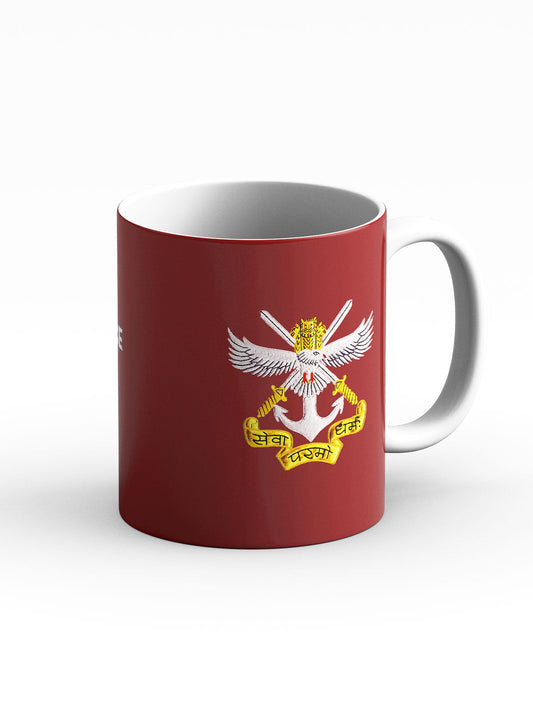
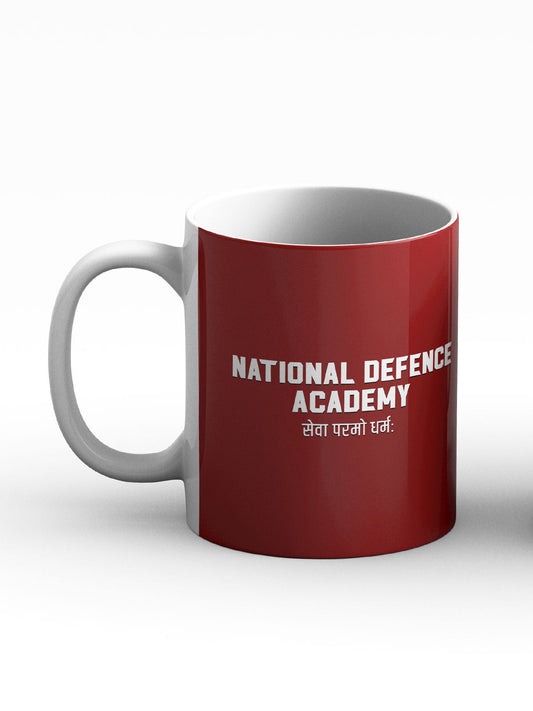

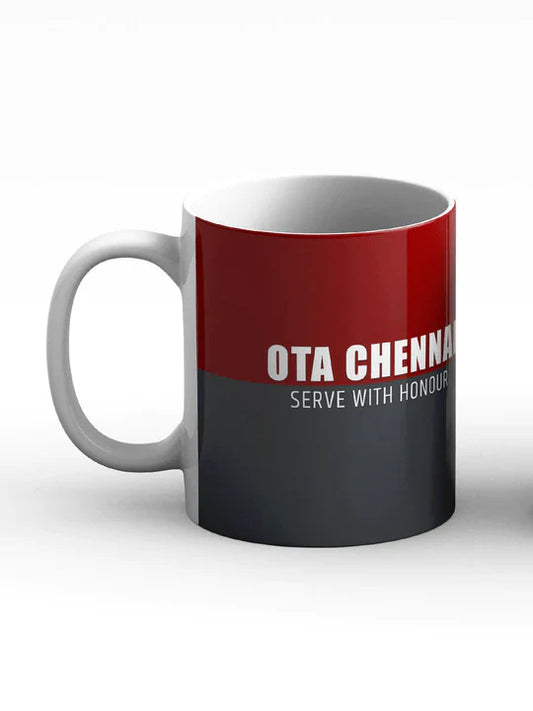
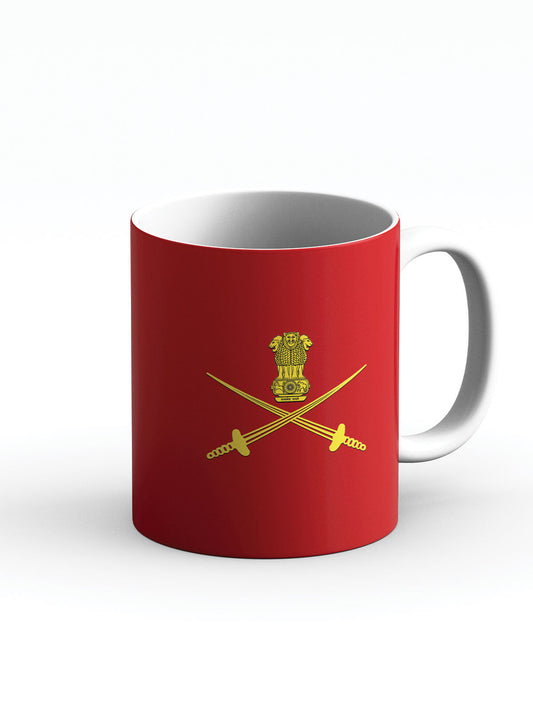
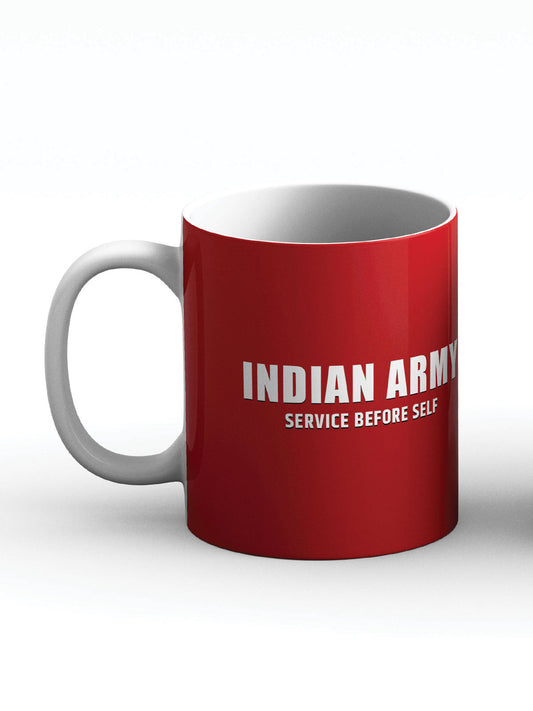




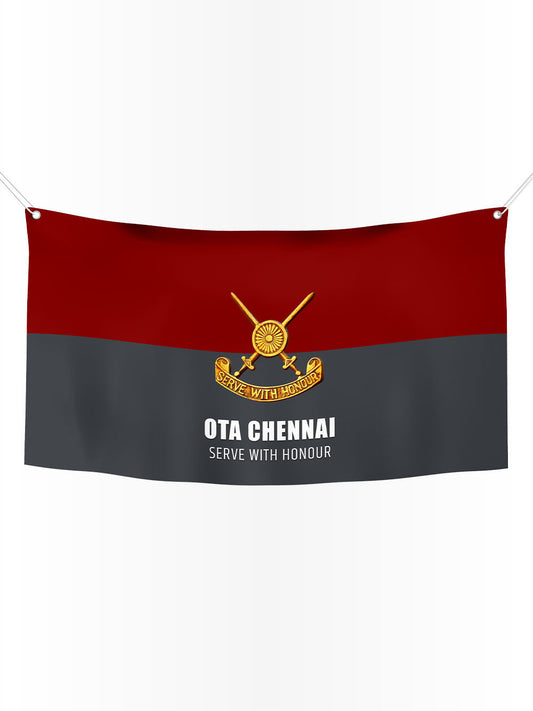
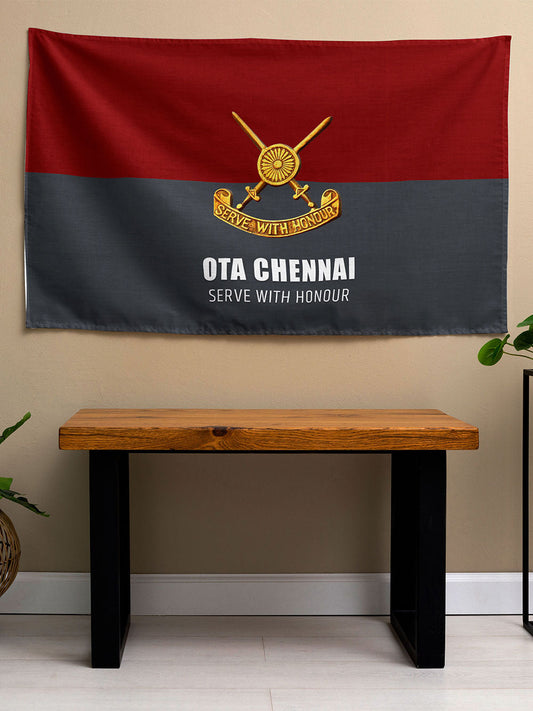



23 comments
I experienced Bara khana in the year 1975 when I was kid with my father when he was posted in Kashmir in Signal regiment. It was a great event & Singer Runa laila performed the live songs to amuse soldiers on that big day……Salute to All the Indian soldiers who served in past and who are serving presently..
I experienced Bara khana in the year 1975 when I was kid with my father when he was posted in Kashmir in Signal regiment. It was a great event & Singer Runa laila performed the live songs to amuse soldiers on that big day……Salute to All the Indian soldiers who served in past and who are serving presently..
Bara Khana is a military event with good tradition. However, it must be carried out in civil informal dress by everyone to promote harmony and to live momentary life out of British mindset…Jai Hind
After photo session u will see all juniors standing and only few seniors sitting and eating. Still under the influence of British colonial culture, which this self-proclaimed patriotic BJP govt could not change. Al gimmicks, jhumla, intimidation, corruption, vote chori, etc
Bada khana to my mind should be more often say at occasions like Diwali, Dussehra or any others – can be worked out – though religious fervour is not favoured amongst Armed Forces, yet significance of the event can not be undermined. Such unions give a chance to mix well and understand the troops well to understand and study what’s going on in mind. This forms the basis of improvement in terms of relationships, planning strategies for a better outcome in every situation incl war.
Best wishes